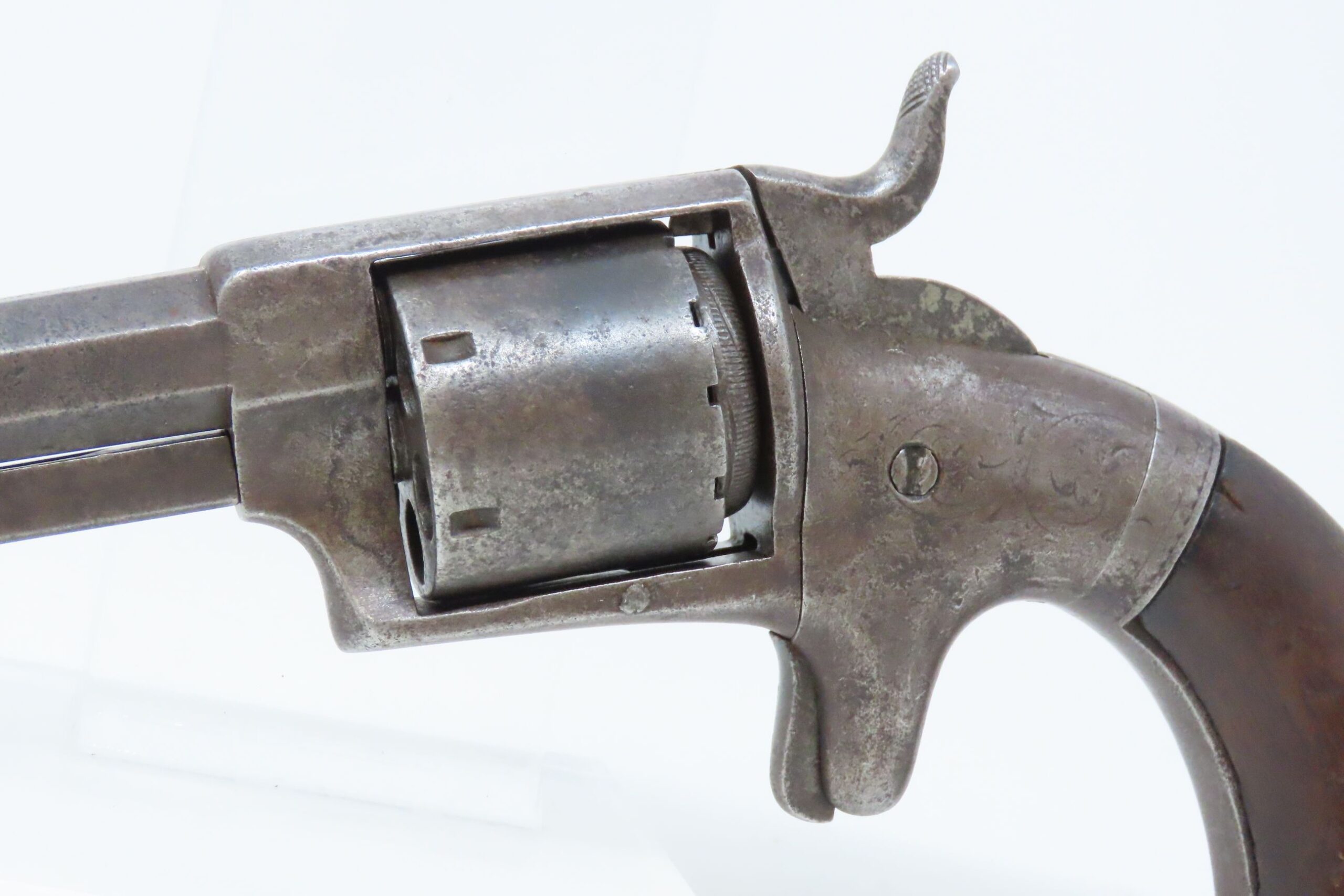

36-caliber cylinder and barrel over a 28-gauge smoothboreīarrel. Late in the Civil War, including a lighter version featuring a. Smoothbore barrel capable of firing buckshot. Some variations of the LeMat design appeared Invented and patented by Jean Alexandre LeMat of New Orleans, and it featured an unusual secondary 20 gauge 36 caliber cap & ball black powder revolver Handgun sporting a revolver and shotgun combination, and it was manufactured in France, Belgium, and England. The LeMat, produced 1856–65, was an over/under With a limited production of some 2,900 revolvers, and approximatelyĢ,500 purchased by the Confederacy, the LeMat was typically found in the hands of a Confederate general, colonel, andĮven dignitary, and it was more of a weapon of confidence than anything else. The ability to fire nine roundīalls and a blast of buckshot made it a devastating weapon inside 25 yds., earning it the nickname "the grapeshot revolver." LeMat served well in its intended role as a close-range sidearm for soldiers on horseback. Who were unfortunate to challenge or cross it. Though limited production restricted its battlefield application, the At close range, it could unleash fatal blows to all The weapon itself had no impact on any given battle of the conflict, but it was a powerful firearmĮxuding overwhelming confidence to those who wielded it in the fight.

The shooter selected which barrel would fire by rotating a pivoting striker on the hammer. 63-caliber (approximately 16-gauge) smoothbore barrel that was loaded with buckshot. 42-caliber upper barrelįed by a nine-round cylinder and a lower. Only a few soldiers knewĪbout the LeMat revolver and even fewer would ever grip the piece. Meant everything, and most soldiers had to rely upon outdated smoothbores and single shot pistols. The average soldier was less thanĪn accurate shot, because many of the men had never even held a firearm prior to hostilities. A reliable weapon Yards and some of the battles were fought while atop chargers and swift steeds. In the event that the primers couldn't be obtained, percussion caps could be used instead.During the Civil War much of the fighting was at distances of 50 to 100 41in calibre round, which was fired using Butterfield's unique loading system. The frame, meanwhile, was made from brass while the grips were made from walnut. The barrel was also given seven rifling grooves and was made from steel, along with the cylinder and hammer. Ī further aspect of the Butterfield is the barrel, which, on the exterior, is octagonal in shape and measures 7in in length. These pellets were located in a spring loaded tube (in a similar way to a modern day magazine) and were pushed through in to a feeder bar, which would then push the primer into position on the percussion cone as the hammer was cocked. However, Jesse Butterfield's unique design for the Butterfield came in his invention of priming pellets. The Butterfield is designated as a percussion lock revolver, a term which means that it should be fired using percussion caps. Even Butterfields that are in poor condition can reach $5,000 in auction, with better condition Butterfields reaching in excess of $12,000. As such, very few Butterfields are known to exist, and those that are known of are either in museums, or sold to private collectors. The Butterfield has become a largely forgotten firearm of the Civil War, with its unusual design and the fact that the contract issued to Jesse Butterfield only resulted in 640.
Civil war era lefaucheux revolver verification#
Further sales records also suggest that a few Butterfields were sold in Carolina, which may imply that the Confederate States may have also used the Butterfield (although there is no verification of this). ĭespite the fact that 640 Butterfields were made, there is no evidence that they were issued to the Regiments (although there are records of several private purchases by members of the regiment). However, within a year, the US Government, whom ordered the Butterfields for the Ira Harris Guards (later named the 5th and 6th New York Volunteer Infantry Regiments ), cancelled the contract with only 640 Butterfields delivered. The Butterfield was patented by Jesse Butterfield on the 11th of December 1855, before he received a contract to construct 2,250 Butterfields in 1861.


 0 kommentar(er)
0 kommentar(er)
